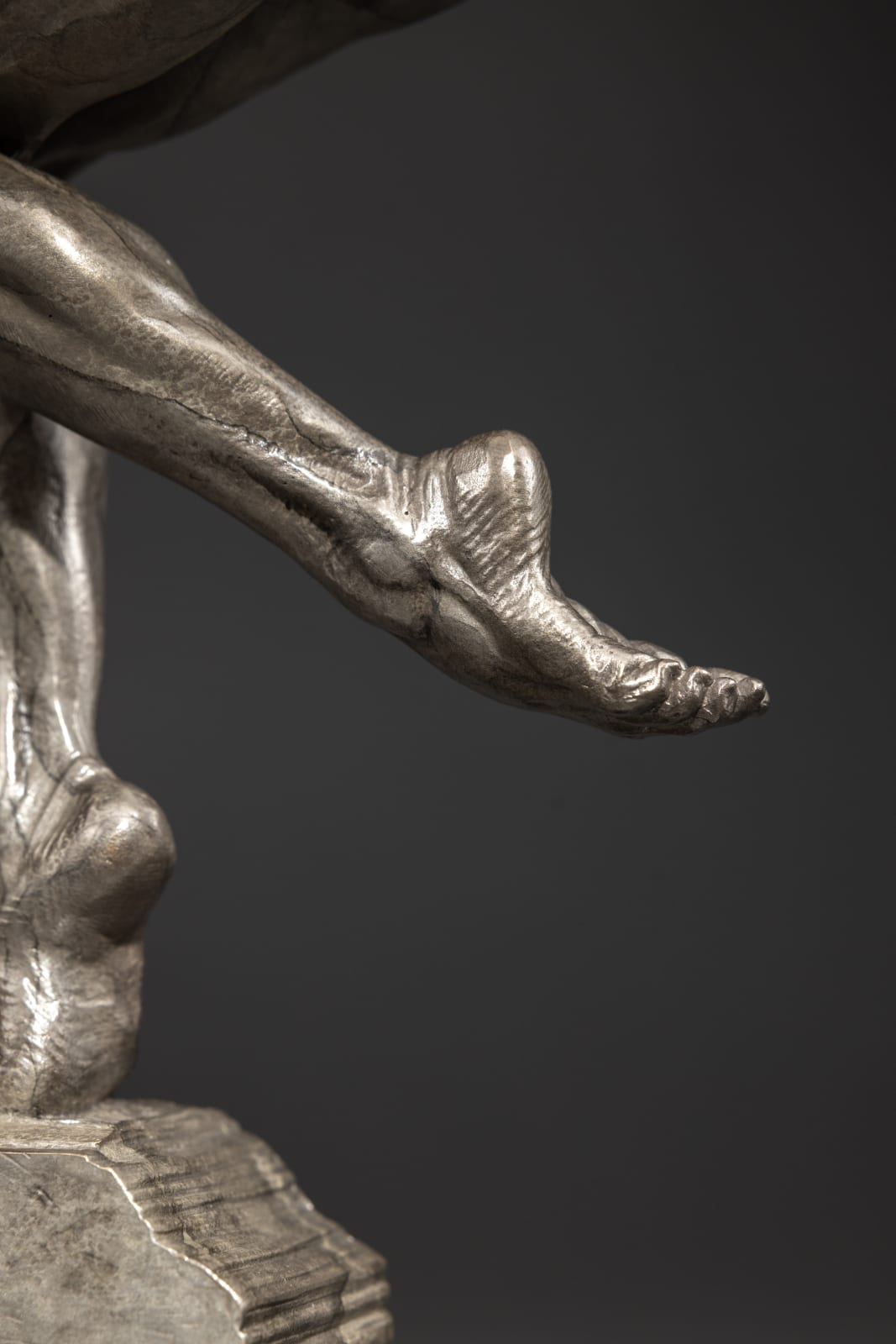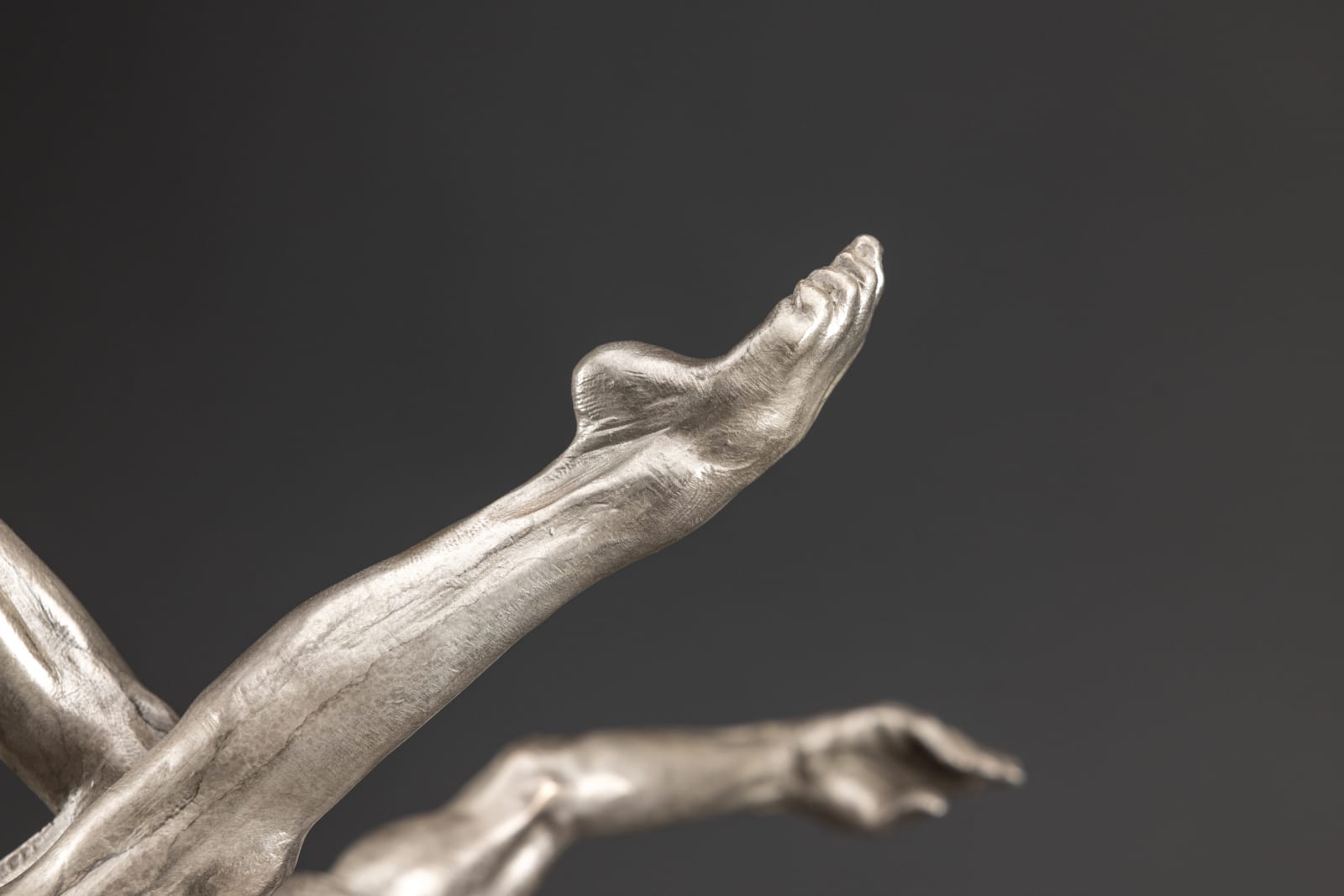Richard MacDonald American, b. 1946
Further images
-
(View a larger image of thumbnail 1
)

-
(View a larger image of thumbnail 2
)
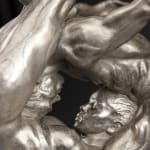
-
(View a larger image of thumbnail 3
)
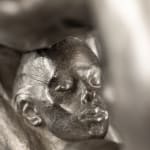
-
(View a larger image of thumbnail 4
)

-
(View a larger image of thumbnail 5
)
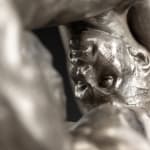
-
(View a larger image of thumbnail 6
)

-
(View a larger image of thumbnail 7
)

-
(View a larger image of thumbnail 8
)

-
(View a larger image of thumbnail 9
)

-
(View a larger image of thumbnail 10
)

-
(View a larger image of thumbnail 11
)

-
(View a larger image of thumbnail 12
)

-
(View a larger image of thumbnail 13
)

-
(View a larger image of thumbnail 14
)
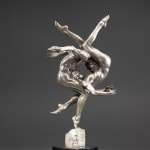
-
(View a larger image of thumbnail 15
)

-
(View a larger image of thumbnail 16
)

-
(View a larger image of thumbnail 17
)

Duality brings into focus the idea that darkness is defined by light, strength is balanced by tenderness, and that in the balance of opposing forces there is a center of tranquility and peace. It is the age-old concept of Yin and Yang echoed in a new form. The two figures are entwined in a way that calls to mind the links of a chain: two entities becoming one in balance and harmony. Duality exemplifies the idea that the melding & balancing of opposites creates balance, harmony, and insight into the pervasive principle of Yin & Yang.
“Duality represents a principle that is fundamental to art from all time periods and cultures – it is the timeless paradox that opposites exist in harmony and interdependence with one another. “Light and dark, day and night, male and female: each principle is defined by its opposite, and when the two are seen in balance a state of harmony is achieved: we perceive a oneness that is transcendent.”
~RICHARD MACDONALD



